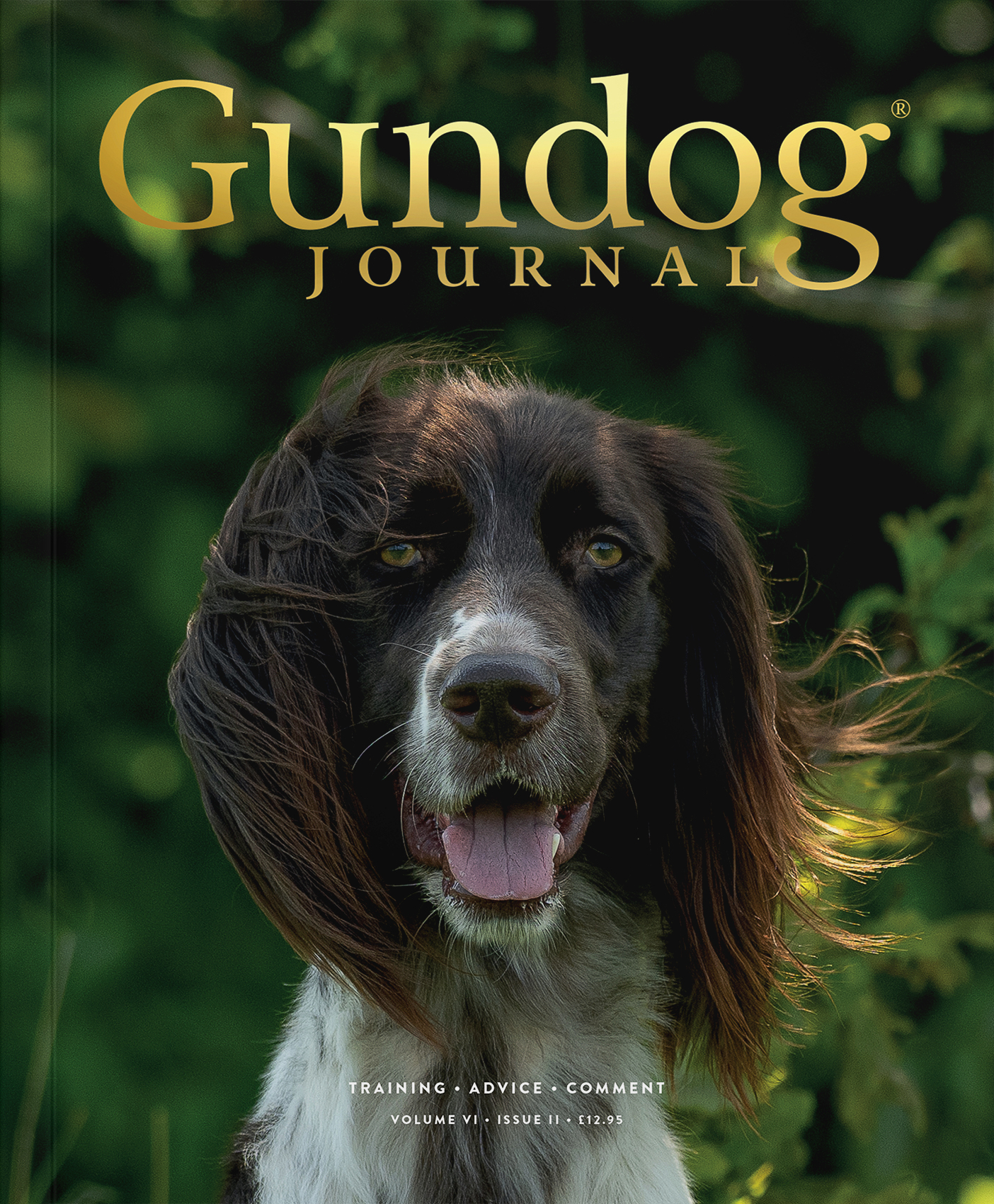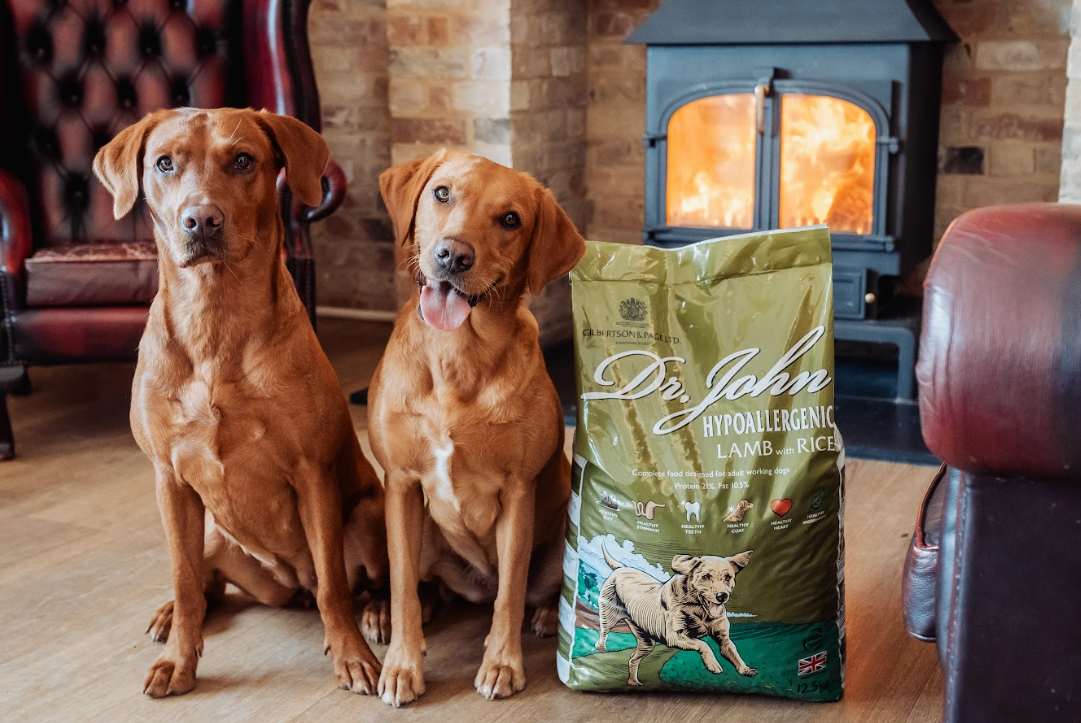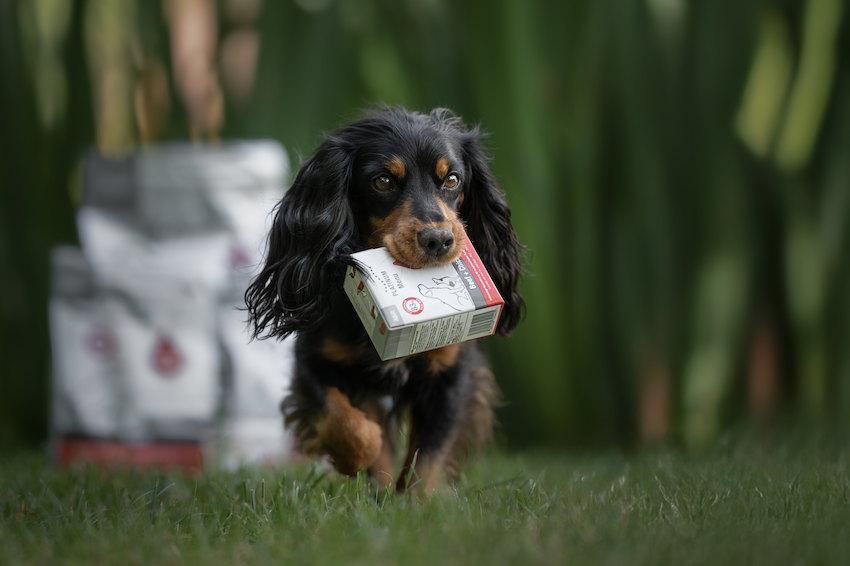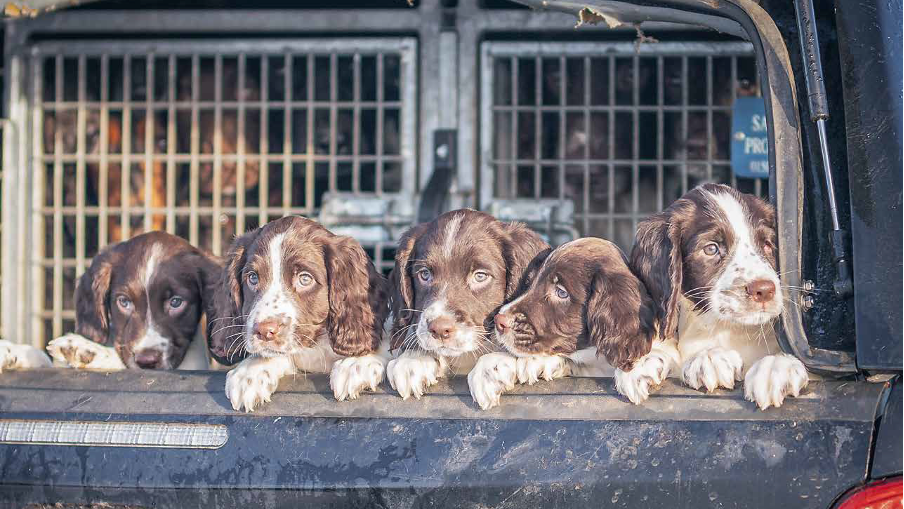Emergency bandaging for dogs in the field
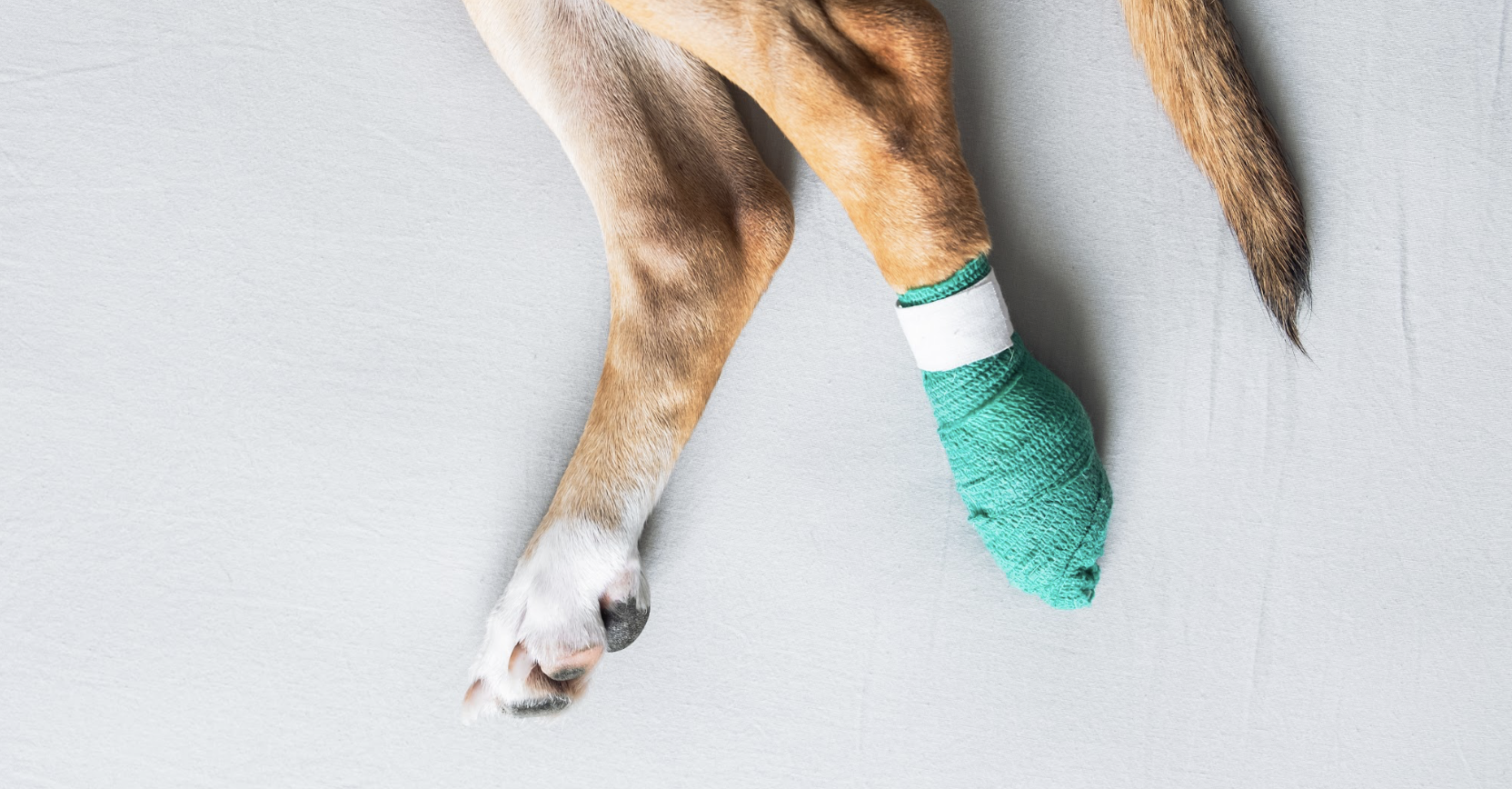
Vet nurse Laura Hawkins walks us through essential bandaging techniques for dogs in the field.
When working outdoors, your dog may suffer an injury and need immediate first aid. Proper bandaging can stabilise a wound, control bleeding, and reduce infection risk until veterinary help is available.
Understanding the Basics of Dog Bandaging
A bandage has three essential layers:
-
Primary Layer – The sterile dressing in direct contact with the wound.
-
Secondary Layer – Padding that absorbs fluid, such as cotton rolls or gauze.
-
Tertiary Layer – The outer wrap that holds the bandage in place, such as Vet Wrap or medical tape.
Before applying, assess the wound. Stop bleeding first, then clean if needed. Always check pressure afterwards.
How to Check Bandage Pressure
-
Two-Finger Rule: Slide two fingers under the bandage. They should fit snugly, not loosely.
-
Capillary Refill Test: Press the skin or gums below the bandage. Normal colour should return within two seconds.
-
Monitor Swelling or Discomfort: Check for swelling, coolness, or discolouration above and below the bandage.
Bandaging Techniques for Different Body Parts
Bandaging the Paw
Paw injuries often include lacerations, burns, or abrasions.
Steps:
-
Apply pressure with gauze for 5–10 minutes.
-
Flush with clean water or saline. Avoid hydrogen peroxide or alcohol.
-
Place a sterile non-stick dressing.
-
Wrap with soft padding.
-
Secure with self-adhesive bandage, snug but not tight.
-
Check circulation.
If the pad is injured, protect the paw further with a bootie or tape cover.
Bandaging the Leg
Leg injuries may include cuts, fractures, or snake bites.
Steps:
-
Stop bleeding with gauze or a temporary tourniquet (remove within 10–15 minutes).
-
Rinse with saline.
-
Apply a sterile dressing.
-
Pad with rolled cotton or gauze.
-
Secure with self-adhesive wrap, moving upward to avoid cutting circulation.
-
Add a splint if the leg appears broken.
Replace bandages if wet or dirty to prevent infection.
Bandaging the Tail
Tail injuries are common at the tip.
Steps:
-
Control bleeding with gauze.
-
Clean with saline.
-
Wrap with sterile gauze.
-
Secure with a soft bandage.
-
Protect against wagging with a splint, such as a paper towel roll.
Because tails move constantly, monitor and reinforce as needed.
Bandaging the Ear
Ear injuries often involve tears or bites.
Steps:
-
Stop bleeding with firm pressure.
-
Gently rinse and dry.
-
Apply a non-adherent dressing.
-
Wrap with gauze, securing over the head.
-
Check for swelling or restricted blood flow.
If the dog shakes its head, consider an improvised Elizabethan collar.
Bandaging the Chest or Abdomen
These injuries can be serious and need urgent veterinary care.
Steps:
-
Apply firm pressure to stop bleeding.
-
Do not remove embedded objects. Pad around them instead.
-
Place a large sterile dressing.
-
Wrap gently with a bandage or towel.
-
Allow normal breathing. Do not bind too tightly.
Dos and Don’ts of Dog First Aid
Dos
-
Use the cleanest materials available.
-
Monitor circulation and check for swelling.
-
Keep bandages dry.
-
Replace dressings daily or if soiled.
-
Seek veterinary care as soon as possible.
Don’ts
-
Avoid adhesive plasters (like Band-Aids).
-
Never wrap too tightly.
-
Do not apply ointments under the bandage.
-
Do not ignore infection signs such as redness or odour.
-
Never remove deep embedded objects.
Final Thoughts
Knowing how to bandage a dog in the field can make the difference between stabilising an injury and worsening it. Whether it’s a paw, leg, tail, ear, or chest wound, the principles stay the same: stop bleeding, clean carefully, apply a sterile dressing, and secure the bandage.
Emergency bandaging is always temporary. For the best chance of recovery, seek professional veterinary care as soon as possible.
Related Articles
Get the latest news delivered direct to your door
Subscribe to Gundog Journal
Unlock the full potential of your working dog with a subscription to Gundog Journal, the UK’s only dedicated magazine for gundog enthusiasts. Published bi-monthly, this authoritative resource delivers expert training advice, in-depth interviews with top trainers and veterinary guidance to help you nurture a stronger bond with your dog.
With stunning photography and thought-provoking content, Gundog Journal is your essential guide to understanding, training and celebrating your working dog.
Save 10% on shop price when you subscribe, with a choice of packages that work for you. Choose from Print & Digital or Digital only with each journal delivered directly to your door or via the app every other month, plus access to past issues with the digital back issue library.
